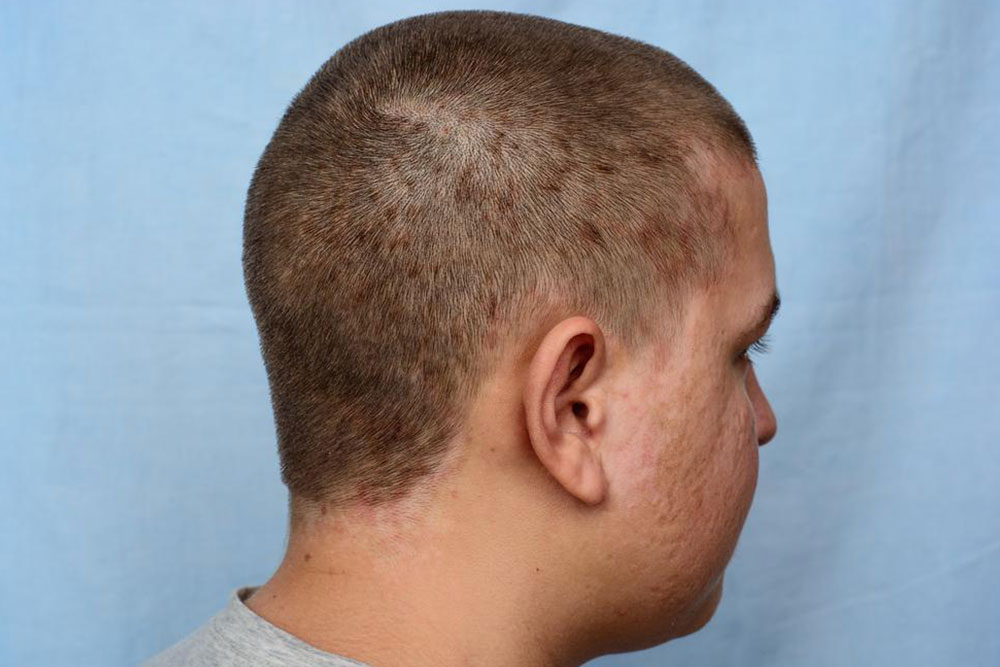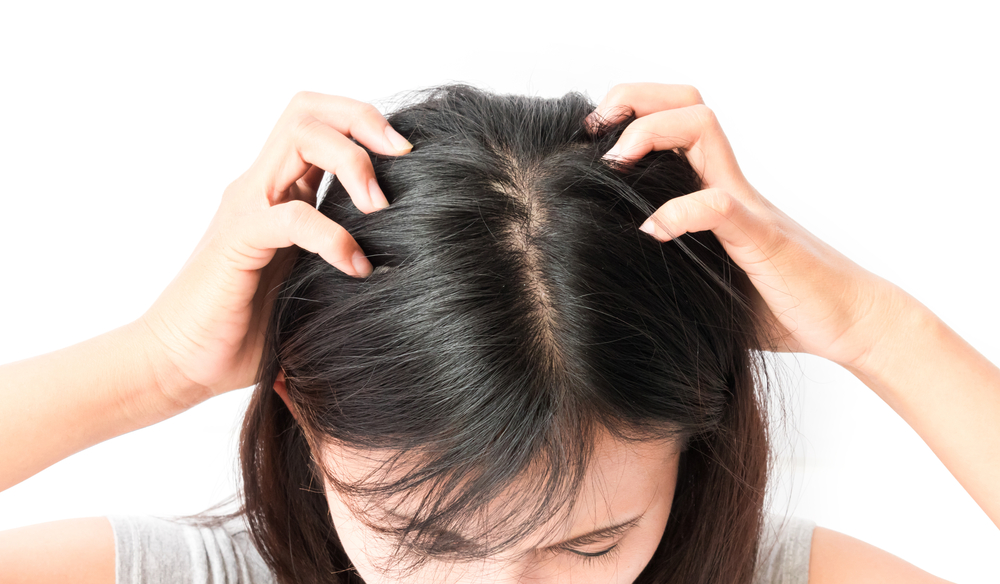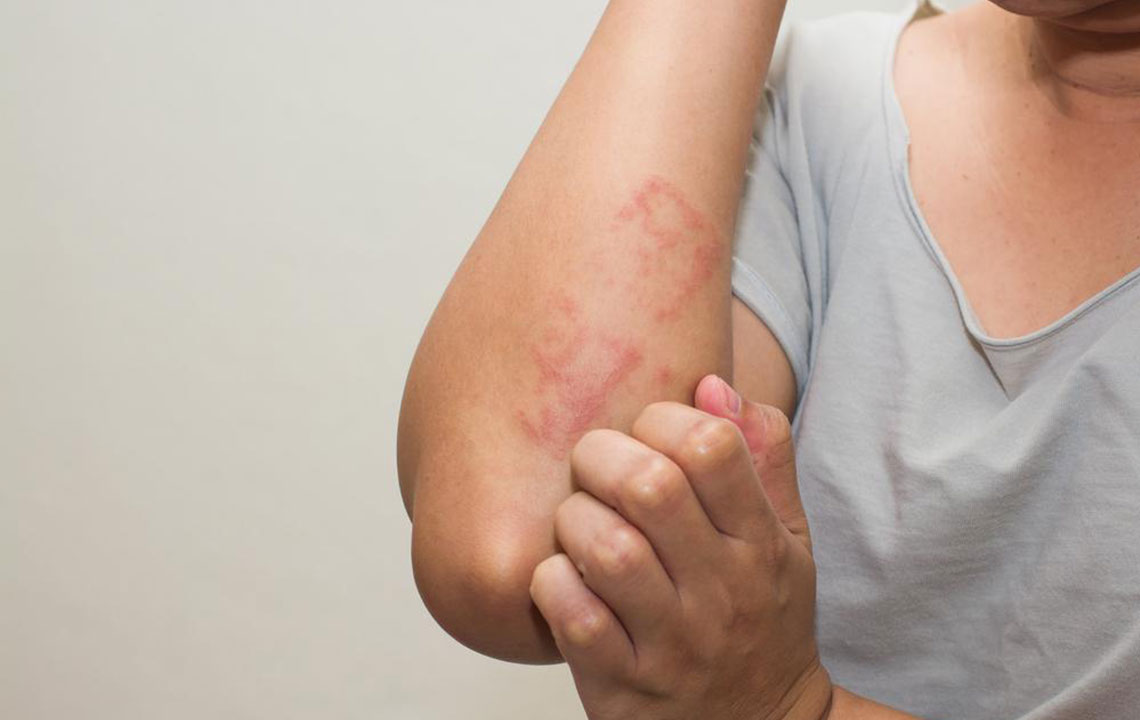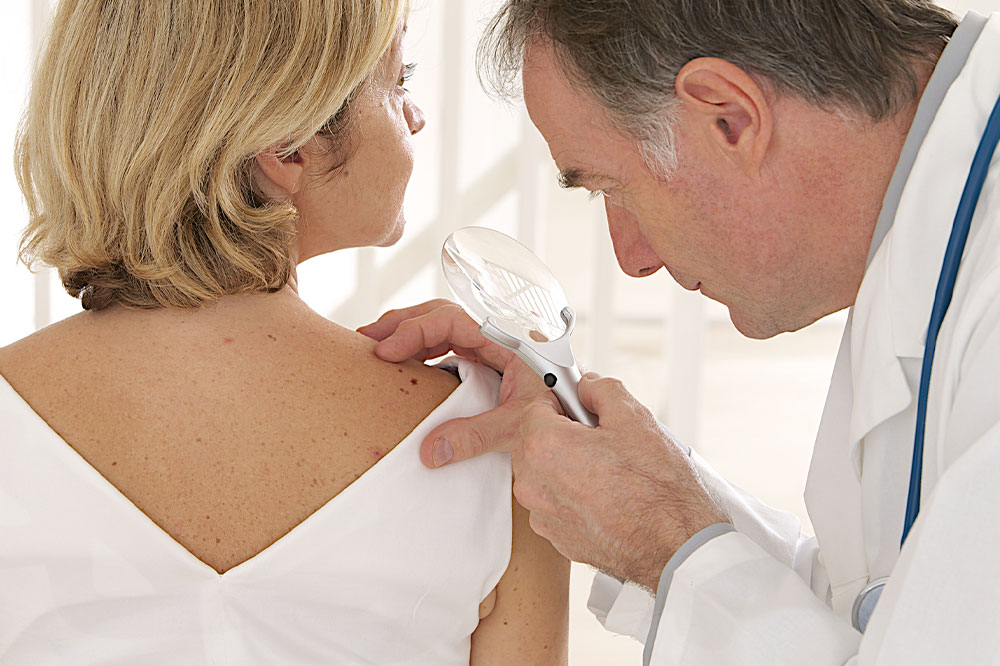Comprehensive Guide to Seborrheic Dermatitis: Causes, Symptoms, and Effective Management Strategies
This comprehensive guide explores seborrheic dermatitis, highlighting its causes, symptoms, and effective treatment approaches. Learn how to manage flare-ups and maintain healthy skin through proper skincare routines, medications, and lifestyle changes. Early recognition and professional consultation are essential for controlling this common skin condition and preventing complications such as hair loss and secondary infections.
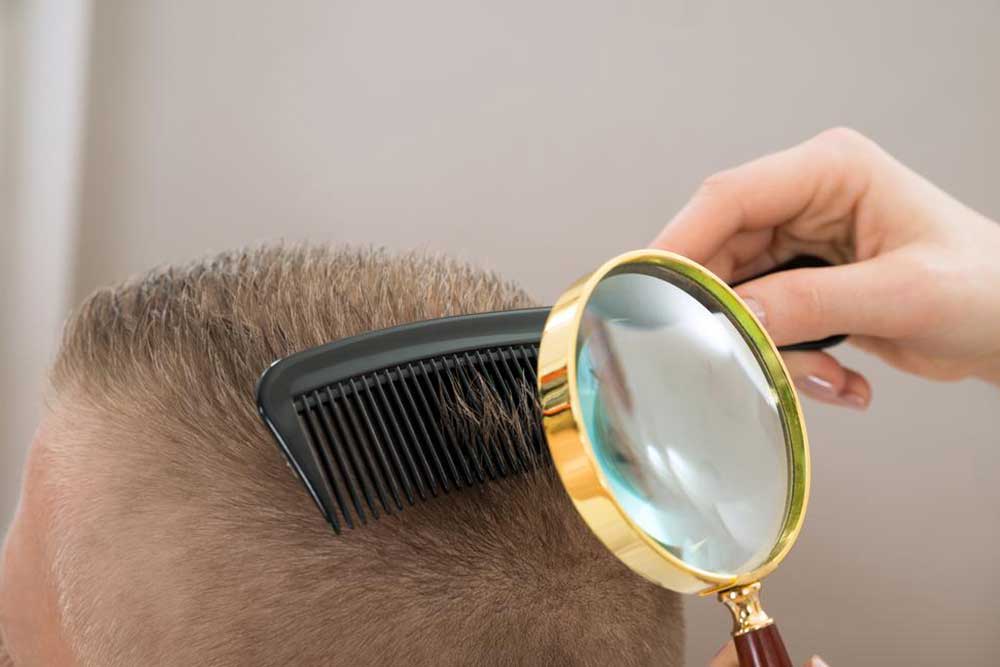
Comprehensive Guide to Seborrheic Dermatitis: Causes, Symptoms, and Effective Management Strategies
seborrheic dermatitis is a common chronic skin condition that affects millions worldwide. Characterized by flaky, scaly patches, persistent dandruff, and redness, this condition primarily occurs in areas rich in oil glands. These include the scalp, eyebrows, sides of the nose, eyelids, ears, and chest. People with naturally oily skin are more prone to developing seborrheic dermatitis, but it can affect anyone regardless of age or skin type. Although no permanent cure has been established, there are numerous treatment options and lifestyle adjustments that can significantly improve symptoms and overall skin health.
Understanding the warning signs is essential for early intervention. Typical symptoms include itchy, greasy patches often covered with white or yellowish scales, flaky scalp zones, and redness in affected areas. Many individuals also experience flaking of skin in the scalp or face, which can sometimes be mistaken for other skin conditions such as eczema or psoriasis. Recognizing these symptoms early on can lead to more effective treatment and reduce the risk of complications, such as hair loss or secondary infections.
Research suggests that the underlying causes of seborrheic dermatitis are multifactorial. The condition is believed to involve an overgrowth of a fungus known as Malassezia, which naturally resides on the skin of most people. While this fungus is harmless in many, an abnormal immune response or changes in skin oiliness can trigger inflammation and the characteristic symptoms. Additionally, factors such as hormonal fluctuations, stress, weather changes, and underlying health conditions like Parkinson's disease, HIV/AIDS, or neurological disorders can increase susceptibility.
Individuals with compromised immune systems or neurological conditions are at an increased risk of developing severe or persistent seborrheic dermatitis. Certain medications, stress, or exposure to harsh weather may also exacerbate the condition. For those affected, consulting a healthcare professional, especially a dermatologist, is crucial if symptoms persist or worsen despite self-care measures.
Effective management of seborrheic dermatitis involves a combination of medical treatments and lifestyle modifications. Over-the-counter medicated shampoos containing active ingredients such as ketoconazole, selenium sulfide, pyrithione zinc, or coal tar are often recommended for scalp treatment. These shampoos help reduce fungal overgrowth and soothe inflammation. For facial or body areas, topical antifungal creams, corticosteroids, or anti-inflammatory agents can help control flare-ups. In some cases, your healthcare provider may prescribe stronger medications if necessary.
Beyond medication, adopting a gentle skincare routine is vital. Using mild, fragrance-free cleansers, avoiding harsh soaps or skincare products, and keeping affected areas clean and dry can prevent irritation. Regularly washing hair and skin can also help remove excess oil and bacteria, reducing the likelihood of flare-ups. Managing stress through relaxation techniques and maintaining a healthy diet rich in vitamins and antioxidants can further support skin health and resilience.
While seborrheic dermatitis is a lifelong condition for many, with proper treatment and skin care practices, individuals can manage symptoms effectively. It's important to be patient and consistent with your skincare regimen and to seek professional advice if you're unsure about the treatment options suitable for your specific case. In addition, keeping skin well-moisturized and avoiding triggers such as stress or weather extremes can help keep flares under control. Remember, early intervention and ongoing care are keys to maintaining healthy skin and a better quality of life.
